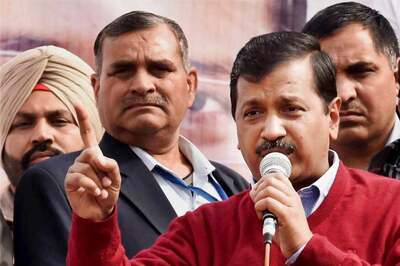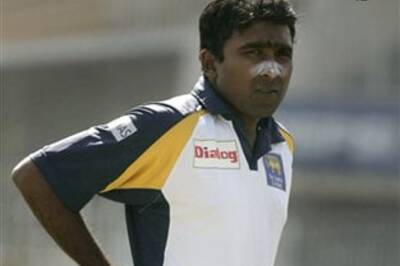
views
BANGALORE: Sathya, a software employee, takes a bus to Majestic Bus Stand from his house in Nagarbhavi and then takes a train from the City Railway Station to Whitefield. By bus, this distance of around 35 kilometres would take him close to two and a half hours to reach his office. But the train ride between Majestic and Whitefield reduces the travelling time to 45 minutes.While the Bangalore Metropolitan Rail Corporation Limited’s (BMRCL) dream project is yet to ground itself in reality, citizens feel all one needs is a little effort and imagination which uses the existing infrastructure of rail and bus routes to end commuter woes. With both express and passenger trains stopping at railway stations within the city, most travellers feel that this mode of transport is both a realistic and a convenient option. “There is a Volvo bus available at a frequency of five minutes everyday between Majestic and Whitefield. But it takes nearly two hours to reach Whitefileld. The Chennai Express which leaves the City Railway Station at 8 in the morning takes me to Whitefield in 35 minutes,” says Pandit, a software employee who regularly commutes on this route. Meanwhile, commuters are forced to bear the brunt of the Bangalore Metro construction work on narrow roads filled with potholes. The Reach 3 of Metro between Peenya and Swastik Circle is expected to be inaugurated in 2013. It is under these circumstances that an already established facility like the railways remains largely ignored and under-utilised.Cheap and ConvenientSparingly used, the railways have routes that cover most parts of the city. A four rupee ticket is all it takes to travel from Byappanahalli to Bangalore East. Skipping major traffic hot-spots such as the Old Madras Road, Hennur Main Road, Outer Ring Road, the train takes about five minutes to reach Richards Town which is right opposite Bangalore East Railway Station. Another route that is largely unheard of is the 67 km Yeshwantpur- Hosur rail route. Starting at the Yeshwantpur station, the passenger train stops at six stations on the way helping commuters skip the maddening traffic in the northern and eastern parts of the city. Covering Banaswadi, Bellandur Road and Karmelaram, this train is a rather cheap, convenient mode of transport for commuters traversing the length and breadth of the city every day.Not comprehensive“Using the train can be an interesting alternative to beat the traffic. The frequency of trains is good during peak hours making them viable options for travel,” said Sathya. While the railways prove to be an enticing alternative to congested city roads, they do not cover all areas.Jayanagar, Basavanagudi and Banashankari are not close to any railway station in the city. While residents of Banashankari could come to Nayandahalli or Jnanabharathi Railway Station, other commuters from Jayanagar and Basavanagudi will have to come to the City Railway Station.“The rail network was set up in areas which were densely populated. To set up new railway stations and laying new tracks now is a difficult affair,” said Biswas, public relations officer, South Western Railway. But the Railways is willing to increase the frequency of trains, if there is a demand. There are only two Yeshwantpur-Hosur passenger trains everyday. “These two trains- one in the morning and evening - run empty. We will increase the frequency if there is a demand,” said Biswas. He added that there is a high cost involved when it comes to starting or stopping a train.‘Not competing with Metro’“The Metro has been designed for local travel. We have already helped people travel locally through our existing routes. These two facilities cannot be compared and are not competing with each other,” said Biswas. Commuters who are using the rail route to travel within the city feel that the frequency of trains needs to be increased but believe it is difficult to do so with current infrastructure. “In the evening, trains have to stop at crossings and a lot of time is lost there. And if they increase the frequency, there are not enough platforms in the existing stations,” said Sathya.

















Comments
0 comment